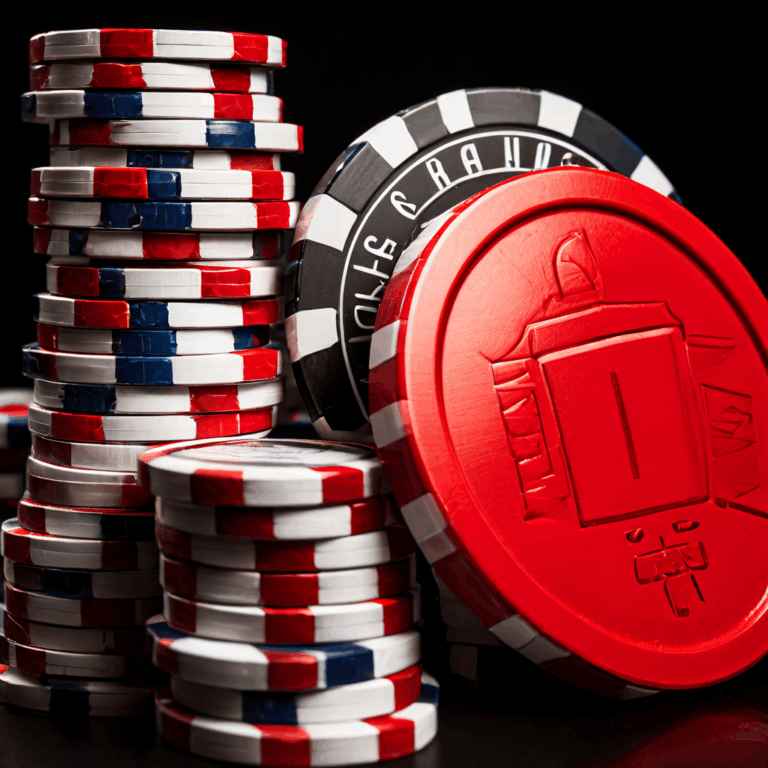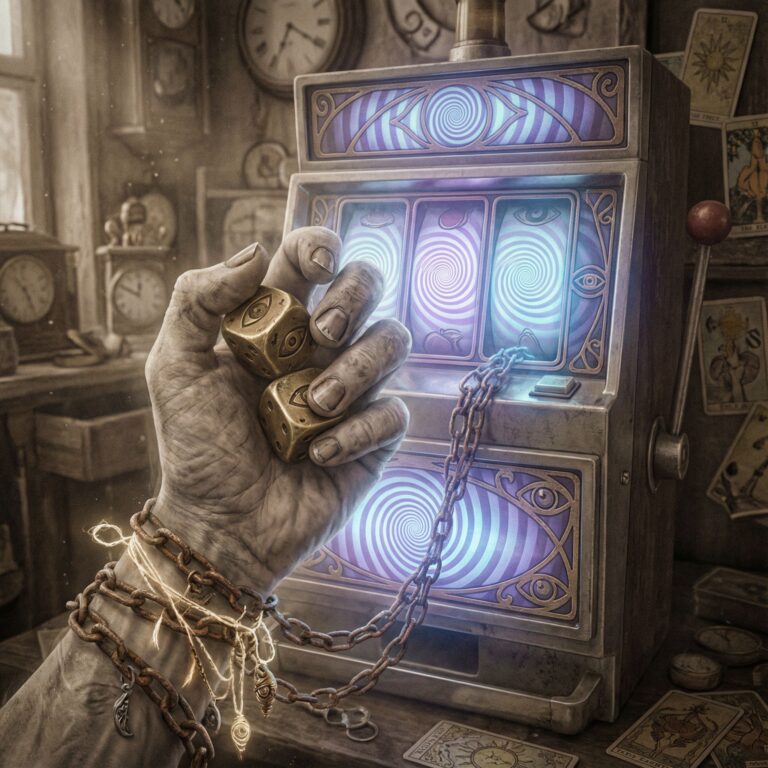
How Random Number Generators Work

Basics of RNG
Random Number Generation (RNG) uses two main methods in modern computers. True random number generation taps into natural, hard-to-predict happenings, like noise from the air and quantum events, to make real randomness. On the other hand, pseudo-random number generation uses smart fixed paths with a start seed to create number strings that look random.
New RNG Tools
Today’s random number makers use state-of-the-art paths like Mersenne Twister and Blum Blum Shub for top randomness. These tools are checked with heavy stats tests to confirm even spread and keep up with safety needs. Combining hardware and software tools makes strong RNG tools that fit hard computing jobs.
Uses and Effects
Random number generation is key in many areas:
- Cryptographic safety tools
- Game rules and auto-creation
- Scientific trials and models Writing Smoky Freedoms Into House-Defining Narratives
- Stats picking methods
- Money planning tools
The mix of math rules, quantum physics, and new computing frames a deep system that runs many new tools, showing how key RNG is in today’s tech.
True Random vs Pseudo-Random Numbers
What Makes True Random Numbers
True random numbers come from hard-to-predict things in nature, like noise from the air, decay from radio, and quantum happenings. These sources give real randomness that can’t be copied, making them a must for high-safety cryptographic uses. The sheer randomness of these numbers ensures top safety for sensitive data work.
Pseudo-Random Number Making
Pseudo-random numbers appear from fixed paths that create strings that seem random but follow set patterns from a start seed value. These makers use smart math ways to make wide, unending strings often used in games, simulations, and common uses where full randomness isn’t key.
Main Differences and Uses
The big split between these systems is in how they can be made again.
While you can remake pseudo-random strings with the same seed values, true random numbers stay fresh and can’t be redone. This fact makes true random making vital for cryptographic safety and encryption rules, where being able to guess could hurt system safety.
When to Use Which
Choosing the right random number making method depends on what you need it for:
- True Random: Needed for key safety tasks, encryption keys, and cryptographic jobs
- Pseudo-Random: Good for game rules, stats picking, and model trials
Knowing these splits helps makers pick the best fix for their safety and function needs.
Common PRNG Paths: A Full Look
About Pseudo-Random Number Making
Pseudo-random number makers use many known paths to make good quality random number strings. These paths are the base of new random number making.
Main PRNG Paths
Linear Congruential Maker (LCG)
The Linear Congruential Maker is the basic PRNG path, using the plan Xn+1 = (aXn + c) mod m. While it’s quick and uses less memory, this path shows patterns that limit its use in key safety jobs.
Mersenne Twister
The Mersenne Twister path marks a big step in PRNG tech, making strings with a huge span of 2^19937-1. This path gives great stats spread traits, making it best for scientific trials and stats model uses.
Cryptographic PRNGs
Blum Blum Shub
The Blum Blum Shub generator gives Tuning Fleeting Dealer Tics Into Splitting Harmonics cryptographic-grade random numbers based on the quadratic rest issue. Its math base ensures strong safety traits, making it fit for encryption and safety uses.
Fortuna Algorithm
Fortuna is an advanced PRNG way that brings together entropy from many sources to make highly unpredictable strings. This way keeps top randomness quality through ongoing entropy gathering and smart spread ways.
Uses for Specific Jobs
Different PRNG paths serve different needs:
- Stats Uses: Mersenne Twister
- Cryptographic Safety: Blum Blum Shub
- High-Speed Computing: Linear Congruential Maker
- Safety Systems: Fortuna Algorithm
A Full Guide to Testing Stats Randomness

About Stats Randomness Tests
Stats randomness tests play a key part in checking Pseudo-Random Number Generators (PRNGs). The use of stats steps checks sequence quality through deep study ways. Many stats tests look at output traits, including frequency tests, run tests, and sound tests to confirm true random traits.
New Testing Ways
The NIST Stats Test Suite is the best in random checks, adding 15 different stats tests. These look at key traits including longest runs, line matrix rank, and close entropy. Diehard tests add more checks by finding non-random patterns, while chi-square tests check number spread. The auto link test spots links between sequence numbers. Grounding Smoky Freedoms for Pot-Solid Gains
Uses of Random Number Generators in New Computing
Cyber Safety and Cryptographic Uses
Random number makers (RNGs) are key parts in new cyber safety structures. Cryptographic rules count on high-quality random numbers to make safe encryption keys, digital signs, and check tokens. These unpredictable strings are the base of data safety systems across world networks and safe talks spots.
Games and Fun
Random number making runs main rules in new game tools. From auto content making to changing game systems, RNGs make unpredictable results in card games, role-playing spots, and fight meets. New game spots use smart random paths to give balanced, fun times while keeping up with fair play.
Scientific Models and Trials
Monte Carlo trials and hard scientific models rely a lot on strong random number making. These uses fake hard systems from tiny bit physics to money market acts. High-true RNGs let researchers make stats right results over many tries, helping big finds in areas like quantum acts and weather models.
Machines That Learn and Think
Neural network making needs random number making for many key jobs. RNGs help start weight setting, use dropout rules, and let data making better ways. The quality of random making directly changes how well models are trained and final act numbers. New AI frames use special RNG paths made for both how well they work and stats truth.
Safety and Cryptographic Things to Think About for Random Number Making
Putting in Safe Random Number Making
Putting in safe random number makers needs strong cryptographic rules and full safety steps. True randomness is very important in cryptography, as being able to guess patterns creates weak spots that can be used. New safety systems must use cryptographic safe pseudo-random number makers (CSPRNGs) made to stand up to smart ways of breaking codes. 토토검증사이트
Better Safety Rules and Best Ways To Do Things
Usual PRNGs are not enough for high-safety needs. Big business systems need makers that use pools of change from many sources, adding both events from hardware and hard-to-guess system-level data. HMAC-DRBG and Fortuna paths are standard answers that have gone through heavy cryptographic checks and tests.
Managing Change and Keeping Safety
Stats randomness tests and change watching are key parts of safe random number making. Important safety steps include:
- Putting in safe seed steps
- Adding hardware random number makers (HRWGs)
- Mixing hardware-based and software-based change gathering
- Right memory management of made numbers
- Often changing keys
- Always watching for change running low
These ways make sure of the highest level of cryptographic safety while keeping how well the system works and how much you can trust it.






